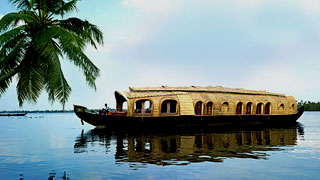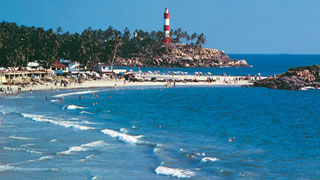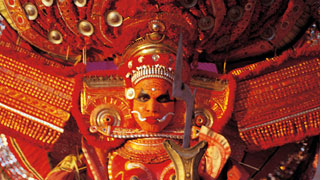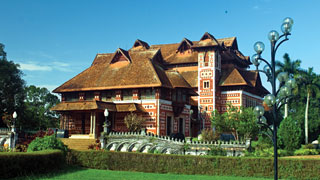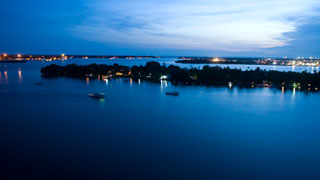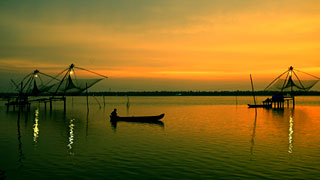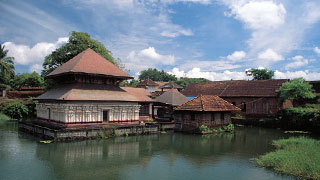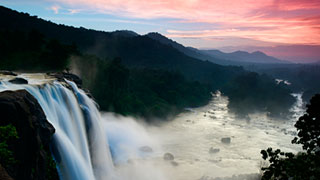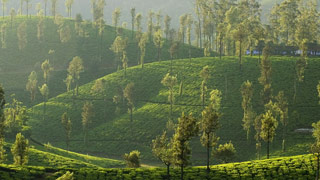What are the best small business investment opportunities in Kerala India? What are the best business ideas to start in Kerala? Well, I advice you read on to find out.
Kerala is an Indian state with huge business potential. In recent time, the region has created some of the world’s best properties and marketed some of the world’s best offerings. Tourism remains the major sector in Kerala. According to National Geographic Traveler, Kerala is one of the top 50 destinations of a lifetime and one of the 13 paradises in the world. The region is best known for the incredibly rapid pace at which it grew and attracted worldwide attraction.
The State of Kerala made a total earning of 6 billion rupees from tourism in 1985, but the figure shot to 110 billion rupees in 2009. Also, about 52,000 tourists visited Kerala in 1987, but the figure spiked to about 600,000 in 2009. These staggering figures show that Kerala is a center of huge tourist attraction. As of present, the tourism sector in Kerala attracts about 10 billion rupees investment annually and provides employment to over 1 million people.
Investment Opportunities for investors
Because tourism is the mainstay of Kerala,
there are huge opportunities for investors in the tourism sector. If you are looking to start a business in Kerala, you have a wide range of options to choose from. But ensure that your chosen business is related directly or indirectly to tourism. So without wasting time, below are the best business opportunities in Kerala:
The emergence of Kerala as one of the world’s most preferred holiday destinations for domestic and international tourists has drastically increased the demand for five-star accommodation. The Government of India has stipulated policies to encourage native and foreign investors to explore the booming opportunities in Kerala. So, building a five star hotel in that region is a smart business move that will bring huge profits in the long term.
There is a booming demand for five-star restaurants in Kerala for the same reason five-star hotels are in huge demand. Of course, throughout the course of their stay, tourists have to eat. And their meals have to be fun. So, they will readily pay to get this necessity. If you have no problems with running a restaurant, here’s a golden opportunity.
3. The Vashiyoram project
This is a project that seeks to provide travelers to Kerala with a mix of high quality services including restaurants, mini shopping centers, rest rooms, paid toilets, and so on. Stakeholders in this project will share from the profits at the end of each year depending on what fraction of the total project is their investment. So, if you have some assets or money, you can contribute to the Vashiyoram project. There are skilled hands to manage the project. So, you have nothing to worry about.
4. Paid toilets
If you are on a low budget, and you want to tap from the “juice” that Kerala extracts from tourists, you can build or erect a mobile toilet and receive payment each time it’s used
5.Shopping center.
One thing tourists would always do whenever they are on vacation is buy something. They love to buy things that catch their attention and cannot be found in their home locations. So, starting a shopping center – small or big, depending on your budget – is another surefire way to make money off of the tourists that flock Kerala each year.
6. Health tourism
Being one of the most connected Indian states, Kerala promises to make it big on the health tourism sector. Although there are some excellent health facilities in Kerala, especially in Thiruvanathapuram, Kozhikode, and Kochi, more are still needed to meet the booming demands by the ever-increasing tourists. So, if you have a background in healthcare, here lies a good opportunity.
7. Ayurveda
Kerala’s unique selling point in health tourism is the practice of authentic Ayurveda, as most of the reputable Ayuveda institutions are situated in the state; and they have a strong impact on the healthcare of the people. Now, Ayurveda is being rejuvenated and offered as a form of
alternative therapy in the excellent healthcare facilities available in Kerala. And this has increased the interest of tourists in this form of natural medicine. So, there are booming opportunities in Kerala for Ayurveda specialists.
8. Home stays
Many visitors to Kerala prefer home stays to hotels because home stays give them the feel of home miles away from home. Since they are easier to build than hotels, investors consider this option.
When tourists arrive in Kerala, it takes them some time to settle down and adapt to the conditions in the place. These tourists settle down faster and better if they are welcomed and directed by tourist guides. If you know the ins and outs of Kerala, and you love meeting people, you can make a lot of money off tourists by working as a guide in Kerala.
10. Hand-made craftworks
Hand-made works of art symbolize the rich heritage of the people in a country or region. For this reason, they are always unique. Many tourists buy hand-made craftworks when they go on vacation because these artworks serve as mementos. So, if you are a native of Kerala or you have in-depth knowledge of Kerala’s art, here’s a golden opportunity for you.



